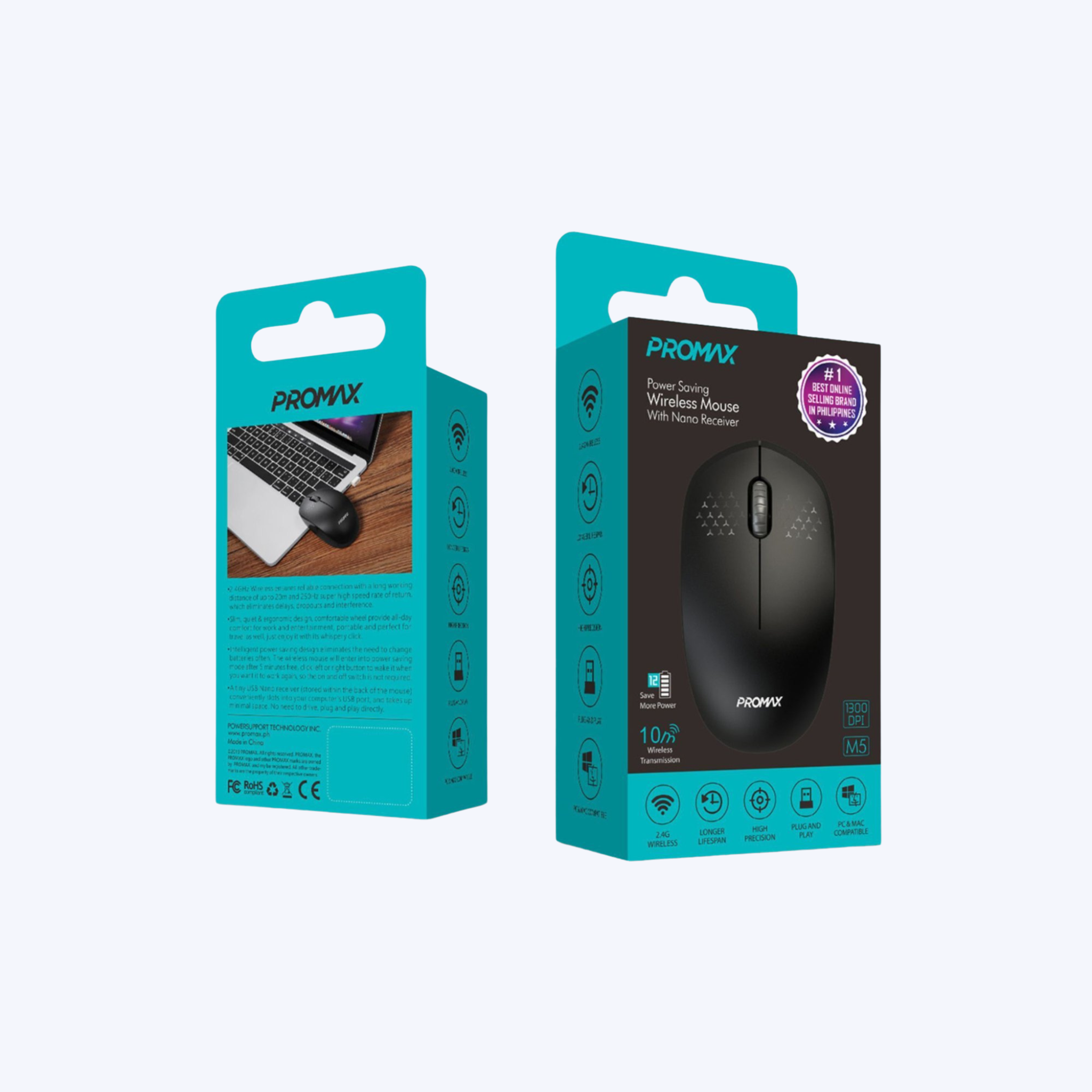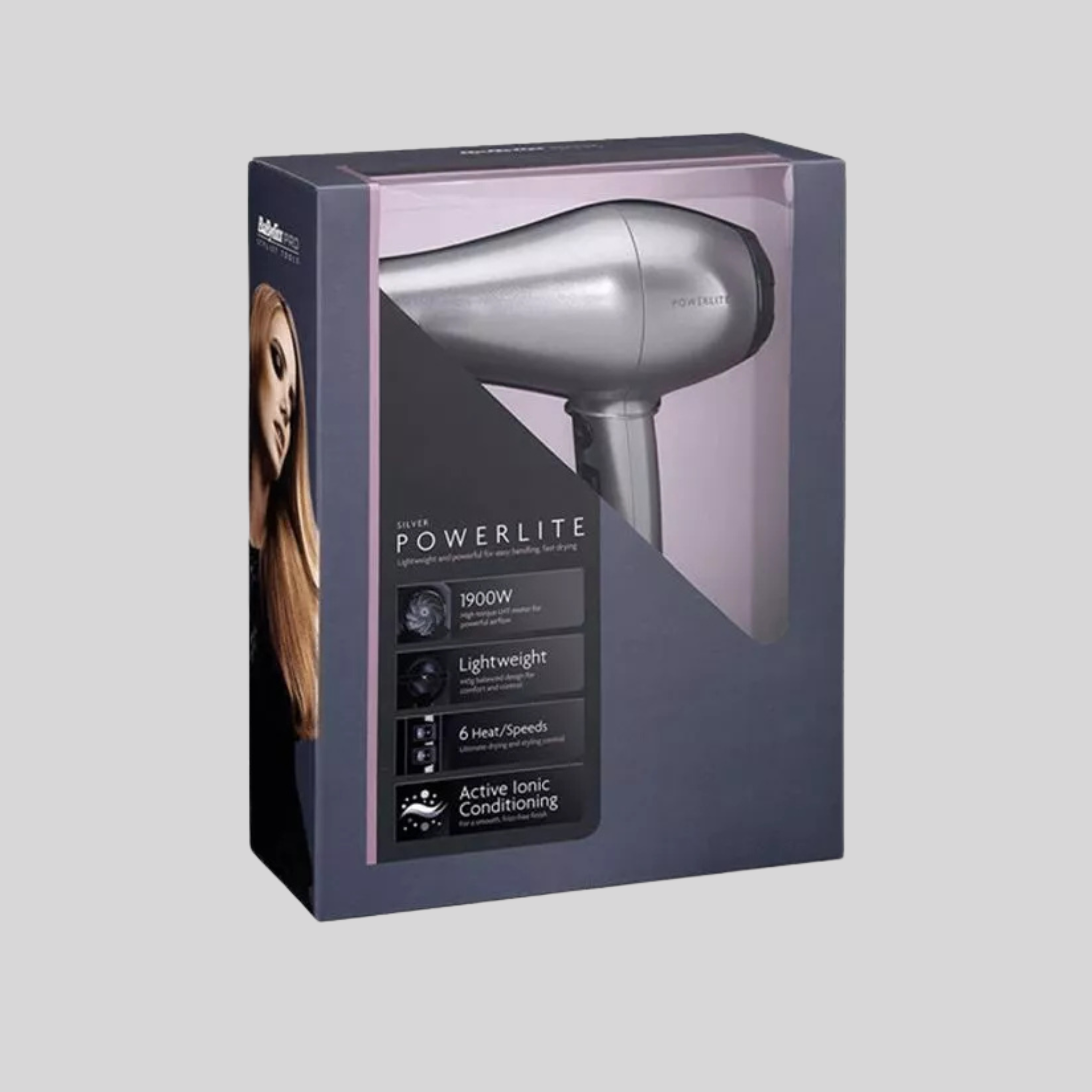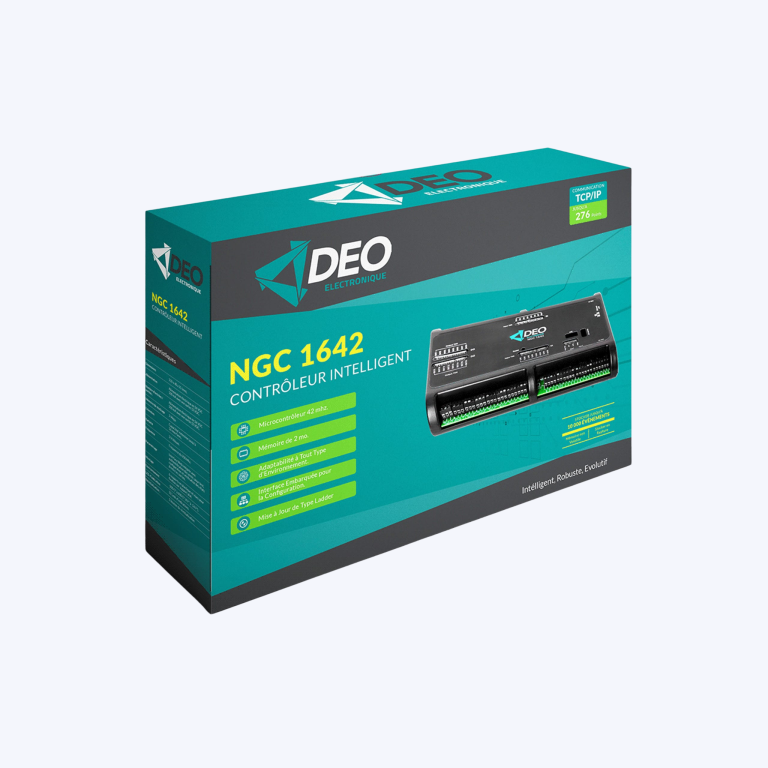Essential Guide to Electronics Packaging Boxes: Expert Insights
Why Electronics Packaging Matters
Electronics are often fragile, expensive, and sensitive to environmental factors like moisture, static, and impacts. Proper packaging not only protects these items from physical damage but also instills buyer confidence and professionalism. The design and material of electronics packaging solutions play crucial roles in product safety, branding, and customer satisfaction.
Main Factors to Consider in Electronics Packaging Design
The electronics packaging design process involves several critical considerations that balance functionality, aesthetics, and sustainability. Here are the key aspects:
- Product Protection: The core purpose of electronics packaging is to shield the product from harm. Using durable materials like corrugated cardboard or foam inserts minimizes damage risks.
- Custom Fit: A well-designed box ensures a snug fit to avoid unnecessary movement during transit. This is especially vital for products like monitors, motherboards, or sensitive sound equipment.
- Material Selection: High-quality electronics packaging material—whether it’s ESD (electrostatic discharge) safe, waterproof, or impact-resistant—is crucial for maintaining product integrity.
- Sustainability: With growing ecological concerns, recyclable and biodegradable materials are increasingly valuable for eco-conscious businesses and consumers.

Exploring Electronic Packaging Types
There are numerous electronic packaging types, and selecting the correct one depends on the device, purpose, and shipping requirements:
- Rigid Boxes: Excellent for smaller, premium electronics, providing a sturdy and customizable solution.
- Corrugated Boxes: Ideal for shipping and storage due to their durability and cost-effectiveness. Options like the Universal 23” – 27” Monitor Shipping Box are perfect for large screens.
- Anti-Static Packaging: Essential for devices sensitive to electrostatic damage, such as microchips or server components.
Selecting the best solution often depends on your understanding of the device’s requirements and external transit conditions.
Features of the Best Electronics Packaging Boxes
What separates the best electronics packaging boxes from average ones? Consider these distinguishing features valued by industry experts:
- Impact Absorption: Foam inserts and air pillows provide extra layers of cushioning.
- Secure Closure: High-quality adhesives and locking mechanisms prevent accidental openings.
- Custom Branding: Engraving or printing company logos enhances the unboxing experience.
- Weather Resistance: Features like waterproof linings or vapor-protected materials help combat environmental hazards.
How Custom Solutions Improve Electronics Packaging
For businesses looking to stand out and deliver exceptional customer experience, Custom Electronics Packaging Boxes are transformative. Here’s how:
- Personalized Fit: Custom packaging ensures optimal dimensions, eliminating unnecessary bulk and material waste.
- Brand Recognition: Custom designs and vibrant printing turn the packaging into a silent brand ambassador.
- Cost Efficiency: Though seemingly more expensive initially, custom packaging reduces long-term product damage and returns, saving costs overall.
Customization enhances safety, branding, and customer satisfaction, making it a must-have for businesses with diverse electronics portfolios.
Real-Life Example: Universal 23” – 27” Monitor Shipping Box
The Universal 23” – 27” Monitor Shipping Box is a perfect example of efficient packaging for large electronics. Its durable build, cushioned layers, and secure closure make it ideal for shipping delicate monitors without risking damage. This shipping box is specifically crafted to protect against impacts and environmental elements, ensuring that the shipped device arrives in pristine condition.
Actionable Tips for Choosing Electronics Packaging
As a packaging expert, here are some practical steps to identify the right electronics packaging:
- Identify the Type of Electronic Device: Whether shipping smartphones, monitors, or circuit boards, different devices require distinct packaging types.
- Measure Dimensions and Weight: Precise measurements ensure that the packaging offers a snug and secure fit without excess bulk.
- Evaluate Material Requirements: Consider if the device needs ESD-safe materials, moisture control, or extra cushioning.
- Assess Your Storage and Shipping Conditions: Packaging should align with environmental conditions such as humidity, temperature, and transit impacts.

Conclusion
By understanding the nuances of electronics packaging, businesses and consumers can make informed decisions that balance safety, branding, and sustainability. Companies like ours at small custom boxes offer expert solutions tailored to diverse electronic packaging needs, ensuring that every product reaches its destination in perfect condition.
Whether you’re seeking protective solutions for a high-value monitor or exploring custom options for small electronics, working with experienced packaging manufacturers is key to achieving the best results. Start transforming your packaging approach today to set your brand apart!


